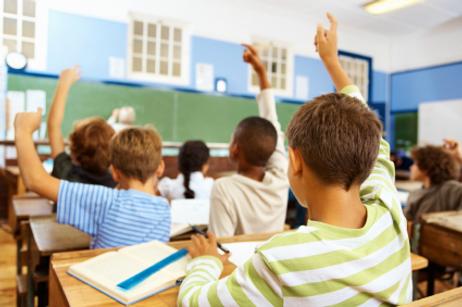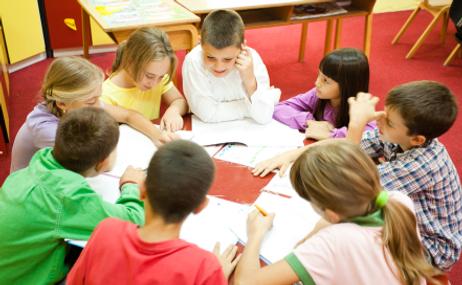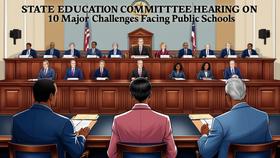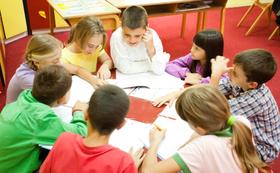Faced with the rising concern regarding teen drug and substance abuse, the Supreme Court granted public schools the legal permission to administer random drug tests for student-athletes in 2002. Since this decision, public schools have contemplated expanding the drug testing scope into their entire student population.
According to USA Today, in the 2005 to 2006 academic year alone, 373 public schools received federal funds for drug testing, which was quite a surge in response compared to the mere 79 public schools just two years prior.
With the rising implementation of drug tests for student-athletes, advocates for drug testing assert that schools should now expand their screening. As the legal barriers that oppose public school drug tests have been overturned, more schools are contemplating the opportunity to expand their drug testing parameters. This shift in policy has some parents, students, and academic leaders concerned about student rights. Can public schools randomly screen their students for drugs without invading a student’s privacy rights?
Drug Testing in Public Schools
While the number of schools randomly testing student-athletes for drug use is rising, the total number of participating public schools only amounts to a rather tiny percentage, with just 28,000 public schools screening students for drugs. Many public schools, as USA Today further reveals, have been reluctant to pursue drug testing policies and actions out of a fear of violating state-mandated rights and laws.
In contrast, advocates for drug testing assert that students can be tested without being unreasonably

















